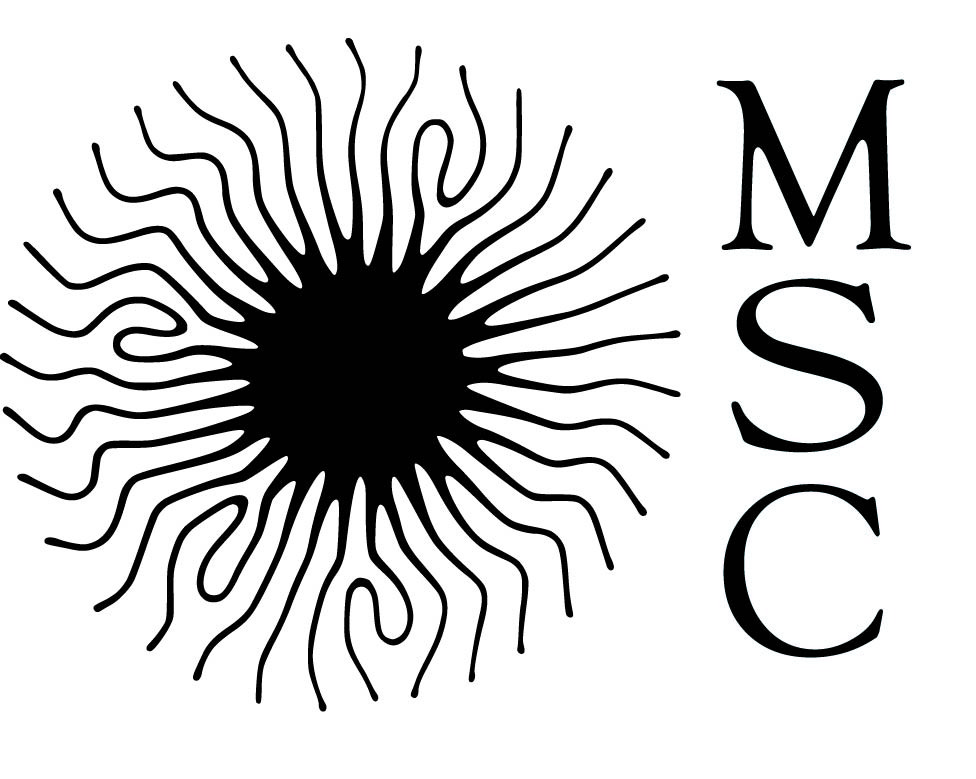Monday, March 25th, 11h30, Room 454 A, Condorcet Building.
Two back-to-back presentations of 30 minutes each by two members of MSC. Weiyuan Kong (Physique du Vivant) and Cyril Grandjean (Physique du Vivant).
Weiyuan Kong
Laboratoire Matière et Systèmes Complexes MSC, UMR 7057, CNRS & Université Paris CitéMSC
Regulation of Chara corallina anisotropic growth by turgor pressure
Abstract :
In plant biology, turgor pressure constitutes a principal force, engendered by the osmotic influx, that exerts an inward force on the plasma membrane against the cell wall, thus facilitating the expansion of cell walls and subsequent plant growth. Despite turgor pressure’s homogeneous distribution, plant morphogenesis involves directionally selective expansion of cell walls, a process intricately associated with the directional variability in cell wall strain. The complex interplay between these biophysical factors and their concerted contribution to anisotropic growth, as delineated by Lockhart’s law, remains a subject of intrigue. This study endeavors to elucidate this complexity by employing confocal microscopy in conjunction with pressure probe techniques to precisely map the three-dimensional growth patterns of Chara Corallina under variable turgor pressures. A pipeline has been developed to concurrently measure and regulate the turgor pressure within the cell. Preliminary observations indicate a significant correlation between the directional mechanical properties of cell walls and their expansion behaviors. Present efforts are focused on substantiating the hypothesis that distinct pressure thresholds exist for growth in axial versus radial directions, beyond which the growth rate positively correlates with turgor pressure, aligning with the directional growth predictions of Lockhart’s law.
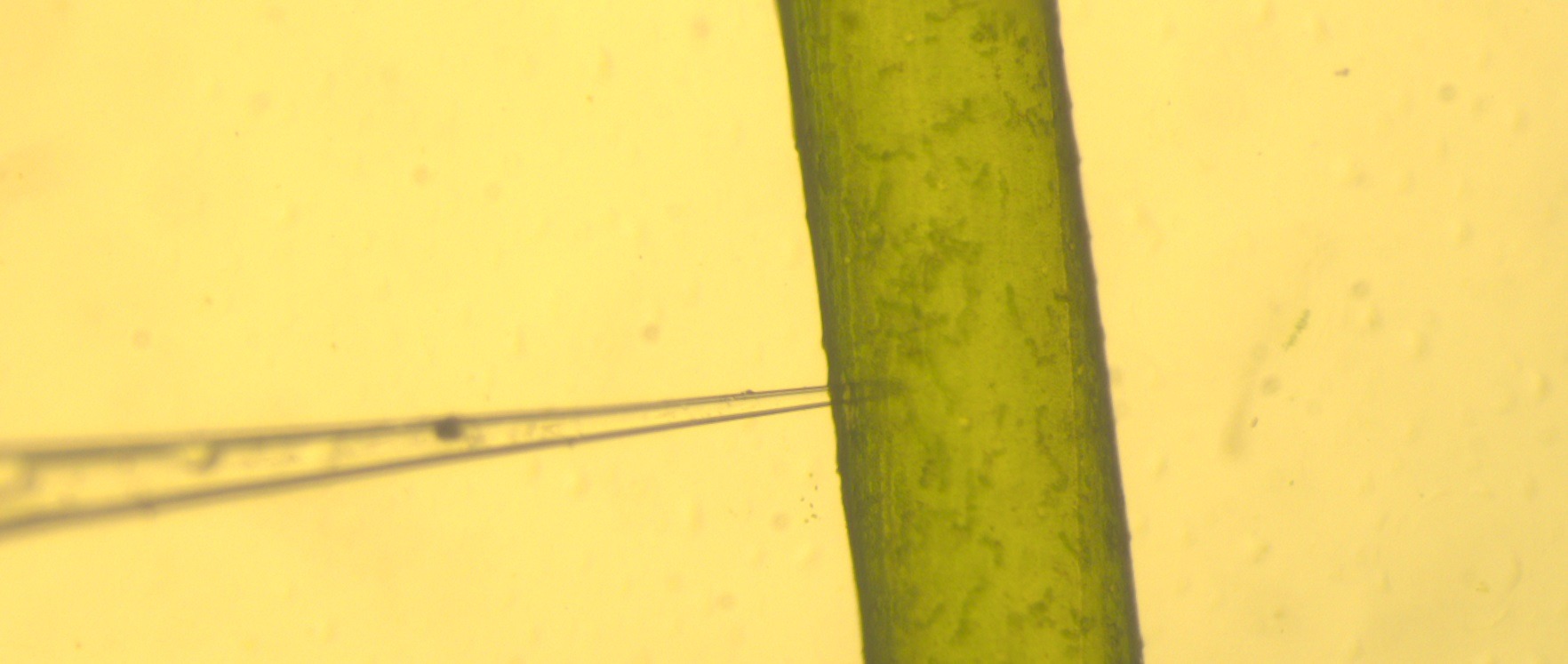
Cyril Grandjean
Laboratoire Matière et Systèmes Complexes MSC, UMR 7057, CNRS & Université Paris CitéMSC
Mechanical properties of plant cells with newly formed walls
Abstract:
Unlike animal cells, plant cells are surrounded by a wall composed of various interlocking polymers that provide mechanical support, flexibility and cell protection. Since this stiff wall prevents cell migration, cell shape changes during development depend on controlling how cell walls yield to wall stresses generated by turgor pressure (Trinh et al., 2021). We currently lack a quantitative understanding of the interplay between wall mechanics, turgor regulation and cell growth even at the single-cell scale.
Because a cell wall is built up as a series of layers, its properties depend on its history of formation and deformation, which is typically unknown. One way of addressing these issues is to study the formation of a cell wall de novo, starting from wall-less cells, or protoplasts. With a combination of live imaging and mechanical measurements with a parallel plate technique (Desprat et al, 2006), we followed the formation of a new wall around isolated protoplasts and the evolution of the cell’s mechanical properties along the regeneration process. While protoplasts exhibited the same power-law rheology as animal cells, with comparable values of elastic and loss moduli (Durand-Smet et al, 2014), we show that both the elastic and loss moduli increase by two orders of magnitude within five days of wall regeneration. We now aim at disentangling the contributions of the wall and turgor pressure to the increase of the cell’s moduli during regeneration. We are also evaluating how different biopolymers from the cell wall contribute to cell mechanics via targeted exogenous enzymatic cell wall digestion or synthesis inhibition.
Work performed in collaboration with Léna Zig, Atef Asnacios and Pauline Durand-Smet.
Desprat, N. et al. 2006. Microplates-based rheometer for a single living cell. Rev. Sci. Instrum., 77 , p. 055111
Durand-Smet, P. et al. 2014. A comparative mechanical analysis of plant and animal cells reveals convergence across kingdoms. Biophysical journal, 107(10), pp.2237-2244
Trinh, D. C. et al. 2021. How Mechanical Forces Shape Plant Organs. Current biology : CB 31(3), R143- R159
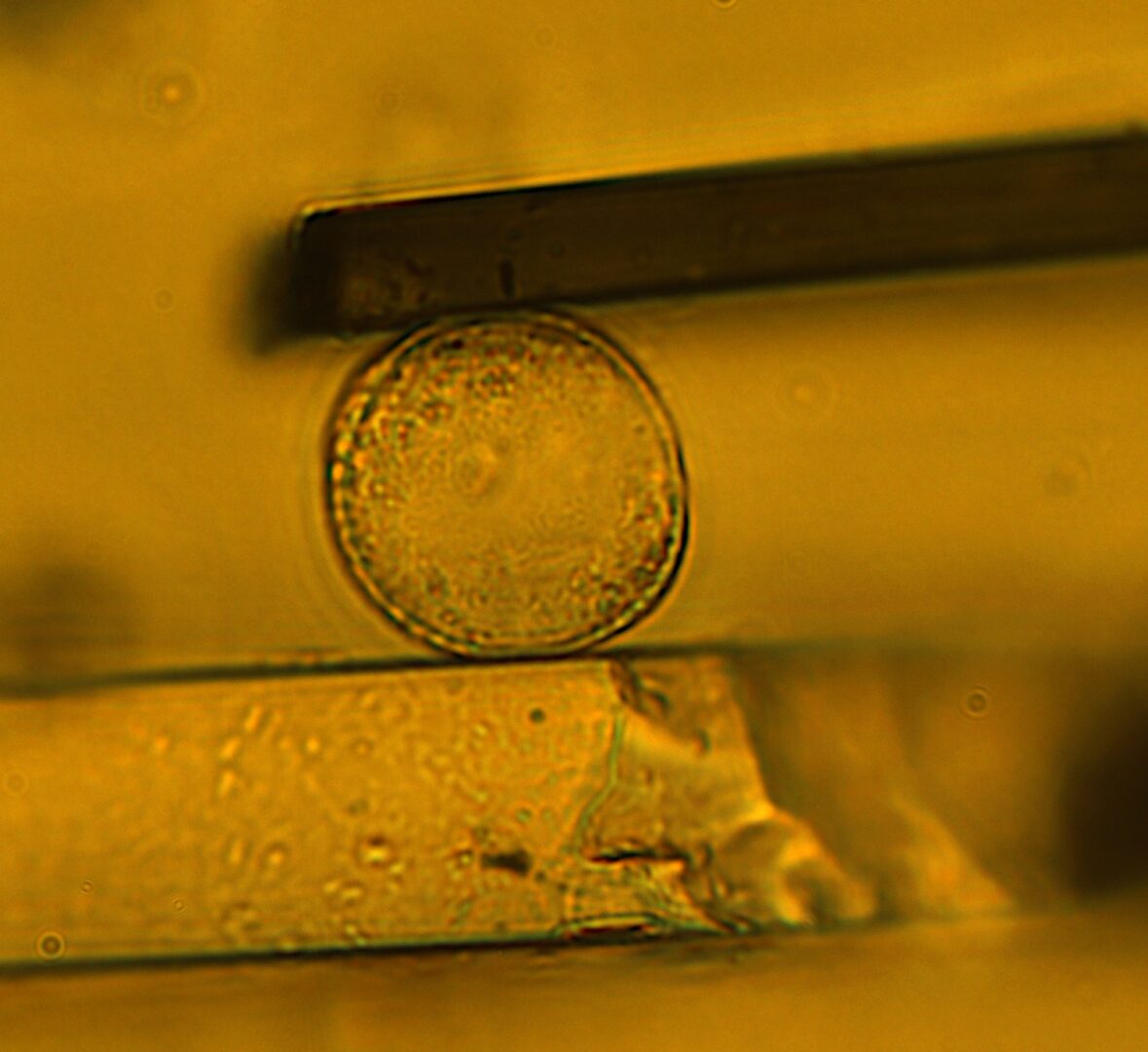
À lire aussi
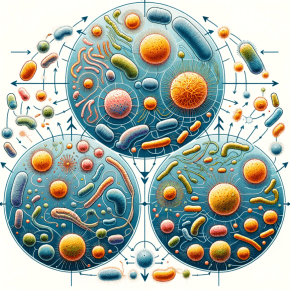
Comment maintenir une diversité écologique dans une logique de compétition darwinienne
Dans un travail récent, des physiciennes et un physicien montrent comment l’hétérogénéité spatiale et relationnelle est un ingrédient indispensable au maintien à long terme d’une diversité écologique importante dans les vastes écosystèmes naturels. Comprendre les...
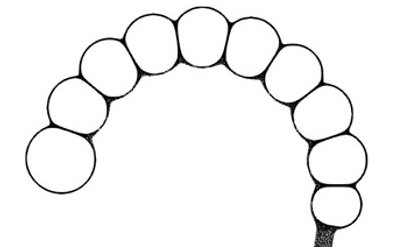
Un pas important dans la compréhension de l’origine de l’homme
L’origine de l’homme est une question importante, une des plus passionnante scientifiquement. Les travaux sur cette question sont essentiellement des travaux de paléontologie, d’une part, et des travaux de paléogénomique d’autre part. Les premiers permettent...
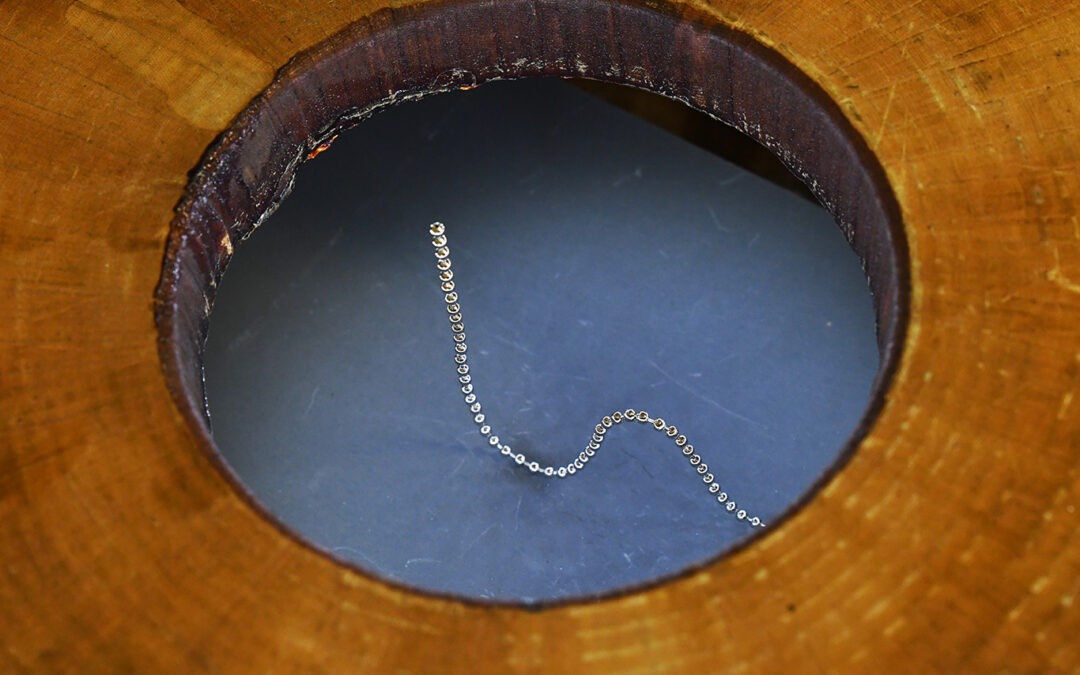
Le charmeur de serpent magnétique lauréat du concours “La preuve par l’image”
Les recherches de F. Novkovski et E. Falcon sur le magnétisme donnent lieu à des images étonnantes, primées lors de la dernière édition du concours "La Preuve par l'Image" organisé par le CNRS Nul tour de magie derrière les étranges oscillations de cette chaîne de...
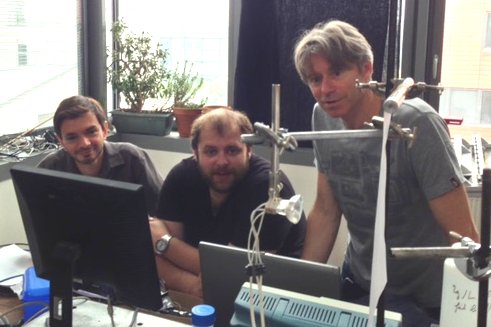
Décès de notre collègue et ami Julien Moukhtar
Le laboratoire MSC a la grande tristesse d'annoncer le décès de notre collègue et ami, Julien Moukhtar.Julien Moukhtar en compagnie de Philippe Brunet (gauche) et Laurent Royon (droite), au laboratoire MSCIl est parti le 5 mars 2024 sans souffrir, en présence de ses...
